Comprehensive Safety Strategy: MHFA and Psychosocial Hazards Training for the Modern Workplace
The modern workplace is evolving at an unprecedented pace. While advancements in technology and changes in organisational structures have improved efficiency and productivity, they have also given rise to new challenges.
Understanding the Modern Workplace
The modern workplace is a complex ecosystem where employees face a multitude of stressors and challenges. These stressors can range from high workloads and tight deadlines to issues related to job security, workplace bullying, and harassment. The relentless demands of the modern workplace can take a significant toll on employees' mental health and well-being.
Psychosocial Hazards Training
Psychosocial hazards refer to the non-physical factors in the workplace that have the potential to harm employees' psychological health. These hazards can manifest in various ways, such as increased stress, anxiety, depression, and burnout. Psychosocial Hazards Training is designed to equip employees, managers, and organisations with the knowledge and tools to identify, mitigate, and prevent these hazards.
Key components of Psychosocial Hazards Training include:
Awareness: Building awareness about psychosocial hazards, their impact, and how they can manifest in the workplace.
Assessment: Teaching individuals and organisations how to assess the severity and risk of psychosocial hazards in their specific work environments.
Intervention: Providing strategies for addressing psychosocial hazards effectively, such as conflict resolution, stress management, and creating a supportive work environment.
Resilience Building: Equipping individuals and teams with techniques for managing stress and adversity and building psychological resilience.
Mental Health First Aid (MHFA)
MHFA is a program designed to teach individuals how to provide initial help to someone who may be experiencing a mental health crisis or developing a mental health problem. MHFA aims to reduce stigma and increase knowledge and confidence in assisting individuals who are struggling with mental health issues.
Key components of MHFA include:
Recognizing Signs: MHFA training helps participants recognize the signs and symptoms of common mental health issues, such as depression, anxiety, and substance use disorders.
Providing Support: Participants learn how to approach and communicate with someone experiencing a mental health crisis, offering non-judgmental support and guidance.
Connecting to Resources: MHFA training emphasises the importance of connecting individuals to appropriate professional help and resources.
The Integration of MHFA and Psychosocial Hazards Training
A comprehensive safety strategy for the modern workplace involves integrating MHFA and Psychosocial Hazards Training. Here's how these two components complement each other:
Early Intervention: MHFA training equips employees with the skills to recognise signs of mental health issues in their colleagues and provide initial support. This early intervention can prevent issues from escalating into more severe problems.
Supportive Environment: Psychosocial Hazards Training creates a work culture that encourages open communication and addresses workplace stressors. MHFA complements this by providing tools to support colleagues who may be struggling.
Resilience and Coping: Both MHFA and Psychosocial Hazards Training incorporate elements of resilience building and stress management, empowering employees to better cope with workplace stressors.
Comprehensive Care: Together, these programs provide a comprehensive approach to workplace safety that encompasses both physical and mental well-being.
The Impact of a Comprehensive Safety Strategy
Implementing a comprehensive safety strategy that combines MHFA and Psychosocial Hazards Training can yield significant benefits for organizations:
Reduced Absenteeism and Presenteeism: Employees who receive these trainings are better equipped to manage their mental health, reducing the number of sick days and improving productivity.
Enhanced Employee Engagement: A mentally healthy workforce is more engaged, leading to higher morale, better teamwork, and lower turnover rates.
Legal Compliance: Many countries have legislation that requires organizations to address psychosocial hazards and promote mental well-being. This strategy ensures compliance with these regulations.
Cultural Shift: By prioritising mental health alongside physical safety, organisations contribute to a cultural shift where employees feel valued and supported.
Improved Reputation: Organisations that invest in the well-being of their employees often enjoy a positive reputation, making them more attractive to top talent.
Conclusion
The modern workplace demands a comprehensive approach to safety that goes beyond physical protection. Prioritising mental health and well-being through the integration of MHFA and Psychosocial Hazards Training is not just a responsibility but also an investment in the success and sustainability of an organisation. By creating a work environment that supports both the physical and mental health of its employees, organisations can foster a culture of well-being, resilience, and productivity in the modern workplace.


